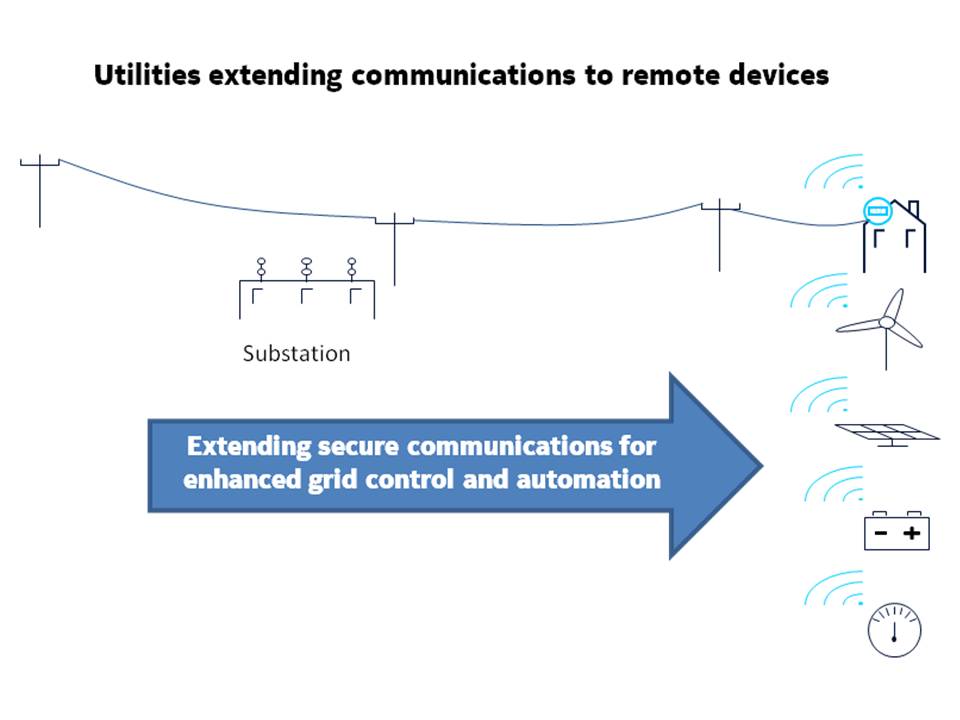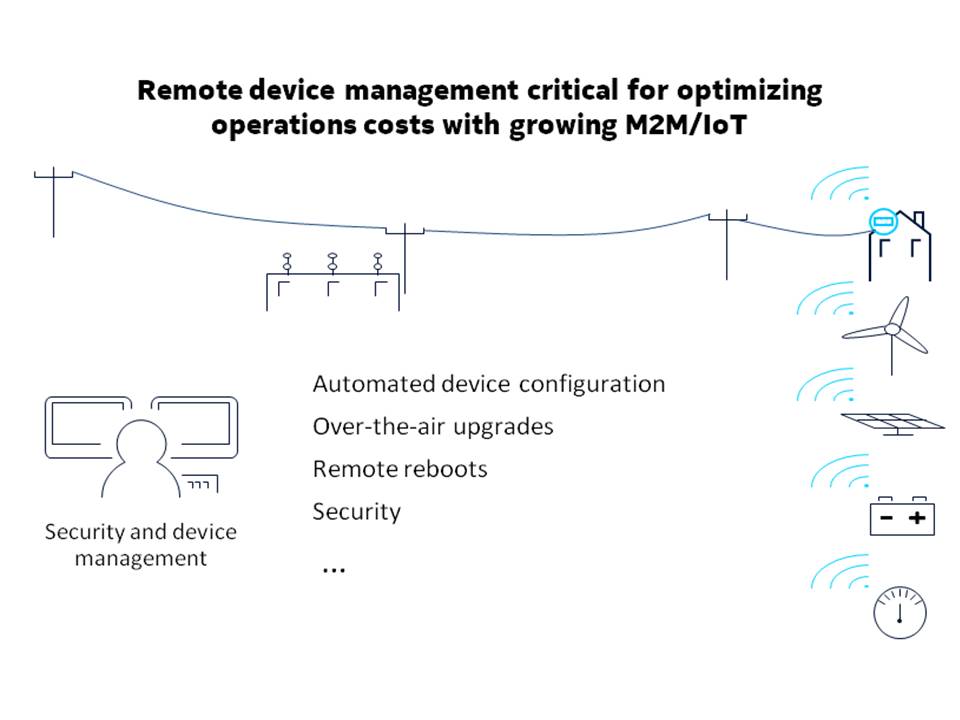Device lifecycle management and the smart grid

David Christophe, Utilities marketing director, Nokia
The Internet of Things (IoT) and Machine-to-Machine (M2M) technologies are critical to leveraging a fast-growing number and variety of connected devices to support a range of both consumer and enterprise services.
Nowhere is the need and opportunity to embrace IoT and M2M more crucial than in the world of power distribution, where dispersed generation and the introduction of intermittent, renewable energy sources are becoming more prevalent, making it absolutely critical grids become smarter to handle fast-shifting power flows.
At the same time, power utilities also present an important test bed for what is becoming known as ‘Industrial IoT (IIoT)’, a highly reliable, extremely resilient variant of IoT that can support mission-critical services. After all, there is little harm done if a connected refrigerator fails to alert a homeowner to pick up a gallon of milk, whereas, if a heart monitor, dialysis machine or grid fault detection device stops working, the consequences could be dire, says David Christophe, Utilities marketing director, Nokia.
Extending communications toward the grid edge
Power utilities, particularly those involved in the distribution side of the industry, are seeing a major shift in the power flows on their grids.
A key reason why is that grids are now incorporating ever-increasing amounts of energy from non-traditional sources, predominantly renewables.
This component of the energy supply, most notably wind and solar, involves highly distributed energy sources that tend to be connected to the medium- and low-voltage parts of the distribution network, which also happens to be the least automated part of the grid. Introducing new intermittent energy sources somewhat randomly across the grid can be destabilising, if not managed carefully.
This shift toward renewables has placed new and complex demands on the communications networks that utilities use to help manage their grids. In the past, electricity only flowed in one direction on the grid – from large-scale generation power plants, through the transmission network and onto the distribution network.
Today, with renewable energy sources randomly located on the grid, electricity can now flow in basically any direction. As important, the introduction of power onto the grid is very inconsistent and heavily impacted by the weather – cloudy or windy days, for example, can have a huge influence on electricity flows. As a result, utilities need a much more fine-grained level of real-time control over their grids.
To accomplish this, they need to push the communications networks they rely on further out towards the edge of the distribution grid so it can service a vast array of new connected devices, including substations, sensors and intelligent electronic devices (IEDs). From these devices, the network can continually extract large volumes of data that will be processed and analysed to optimise the performance of the grid.
M2M technology has been used effectively in a variety of scenarios to support industrial monitoring and control applications, notably within the power utility industry. However, fragmentation brought on by a relative lack of standardisation, as well as complex and often customised device onboarding and management processes, has lead to escalating operations costs as implementations scale.
The smartphone challenge, Redux
Power utilities can learn from the experience of communications service providers. The introduction of smartphones to the market brought new and unforeseen levels of complexity to the process of onboarding, troubleshooting and managing mobile devices. In turn, the mobile industry had to develop stronger remote device management capabilities and turn capabilities into de facto standards along the way, in order to reduce inefficiency and increase scale.
There are remote device management solutions available today that have proven effective in managing consumer-oriented devices, such as smartphones, residential gateways and set-top boxes. With some modification, these solutions can also address the broader M2M needs of utilities by supporting key required functions, including automated device configuration, over-the-air firmware upgrades, remote reboots, remote diagnostics and trouble-shooting, security and integrity.
Moving forward, it is clear remote device management will be a critical requirement for utilities, and, in fact, for any enterprise or public sector organisation that needs to deploy a large number of M2M devices. Ensuring that they have standardised, highly scalable solutions in place will help guarantee that utilities can address their evolving device management needs in a way that helps keep their operational expenses in check while avoiding the need for customised solutions.
The author of this blog is David Christophe, Utilities marketing director, Nokia
Comment on this article below or via Twitter @IoTGN
